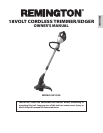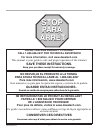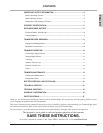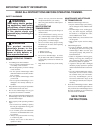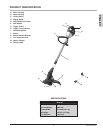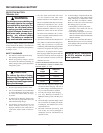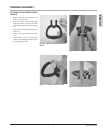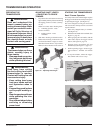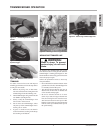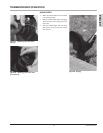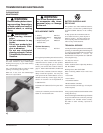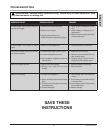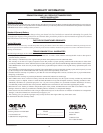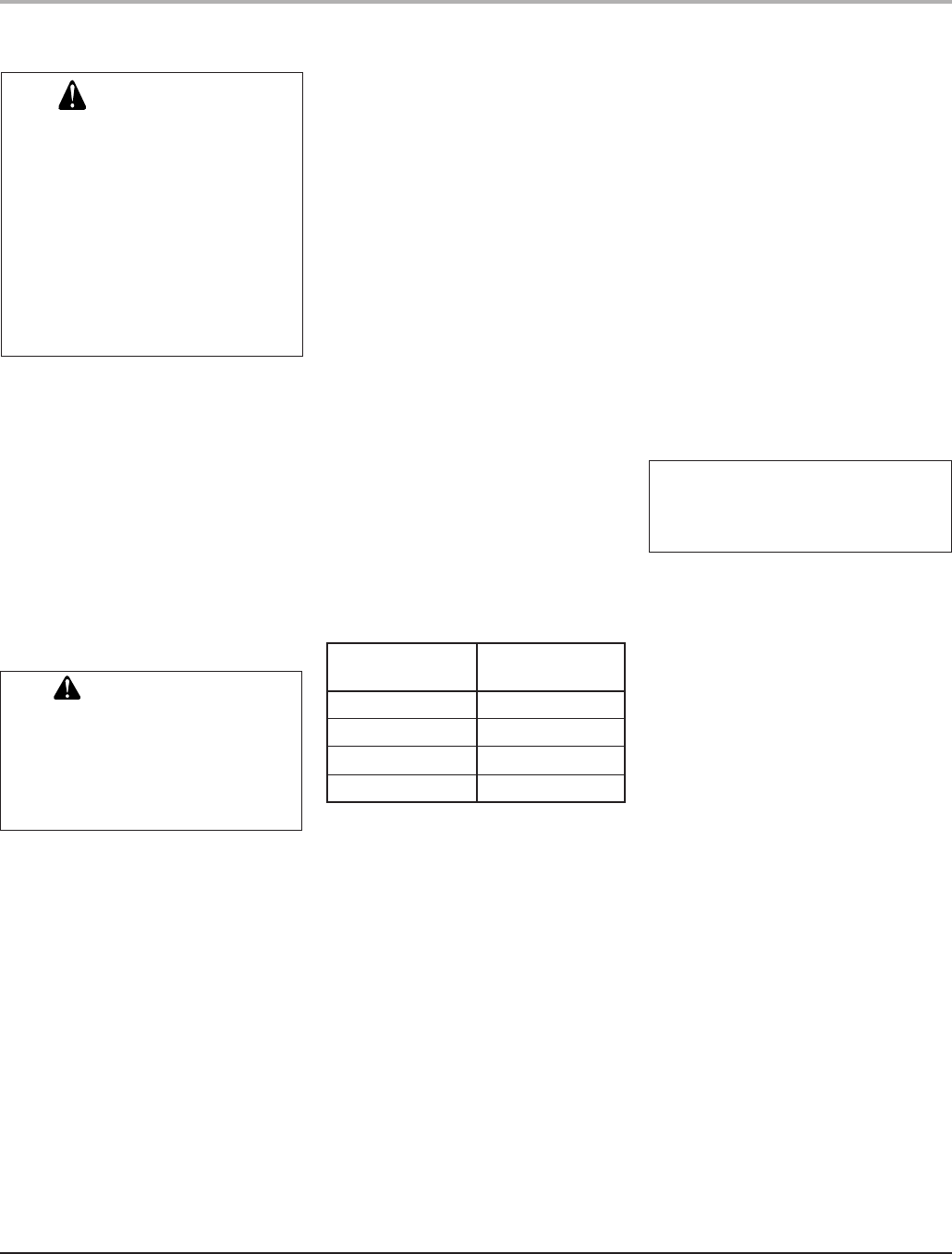
6
www.desatech.com
RECHARGEABLE BATTERY
PROTECTIVE BATTERY
TERMINAL CAP
A protective battery terminal cap is provided
for use whenever the battery is out of the tool
or charger. Remove cap before placing battery
in charger or tool.
a. Two-wire cords can be used with 2-wire
or 3-wire extension cords. Only round
jacketed extension cords should be used,
and we recommend that they be listed by
Underwriters Laboratories (U.L.). If the
extension is to be used outside, the cord
must be suitable for outdoor use. Any cord
marked for outdoor use can also be used
for indoor work. The letters “W” or “WA”
on the cord jacket indicate that the cord is
suitable for outdoor use.
b. An extension cord must have adequate wire
size (AWG or American Wire Gauge) for
safety, and to prevent loss of power and
overheating. The smaller the gauge number
of the wire, the greater the capacity of the
cable; that is, 16 gauge has more capacity
than 18 gauge. When using more than one
extension to make up the total length, be
sure each extension contains at least the
minimum wire size.
CHART FOR MINIMUM WIRE SIZE (AWG)
OF EXTENSION CORDS NAMEPLATE
RATING AMPS – 0 – 10.0
SAFETY WARNINGS
3. Do not expose charger to rain or snow.
4. Use of an attachment not recommended
or sold by Remington brand may result
in a risk of fi re, electric shock, or injury
to persons.
5. To reduce risk of damage to electric plug
and cord, pull by plug rather than cord
when disconnecting charger.
6. An extension cord should not be used
unless absolutely necessary. Use of
improper extension cord could result in
a risk of fi re, electric shock or electrocu-
tion.
Cord
Length
AWG Cord
Size
25 feet 18 AWG
50 feet 18 AWG
100 feet 16 AWG
150 feet 14 AWG
7. Use only the supplied charger (P/N
121397-01)when charging. The use of
any other charger could damage the bat-
tery or create a hazardous condition.
8. Use only one charger when charging.
9. Use only Remington RB18V1 or
RBE18V1 battery packs with this prod-
uct.
10. Do not attempt to open the charger. There
are no customer serviceable parts inside.
If damaged, call DESA Power Tools
Technical Service.
11. DO NOT incinerate the battery pack
even if they are severely damaged or
completely worn out. The batteries can
explode in a fi re.
MEDICAL NOTE: The liquid is
a 25-35% solution of potas-
sium hydroxide.
1. This manual contains important safety
and opertaing instructions.
2. Before using battery charger, read all
instructions and cautionary markings on
battery charger, battery pack, and product
using battery pack.
To reduce the risk of injury,
charge only Remington brand
batteries. Other types of batter-
ies may burst causing personal
injury and damage.
CAUTION:
12. A small leakage of liquid from the bat-
tery pack cells may occur under extreme
usage, charging, or temperature condi-
tions. This does not indicate a failure.
However, if the outer seal is broken and
this leakage gets on your skin:
• Wash quickly with soap and water.
• Neutralize with a mild acid such as
lemon juice or vinegar.
• If the battery liquid gets in your eyes,
fl ush them with clean water for a mini-
mum of 10 minutes and seek immediate
medical attention.
13. DO NOT open or mutilate the batteries.
Released electolyte is corrosive and may
cause damage to the eyes and skit. It may
be toxic if swallowed.
WARNING
Do not store or carry battery so
that metal objects can contact
exposed battery terminals. For
example, do not place battery
in aprons, pockets, tool boxes,
product kit boxes, drawers, etc.
with loose nails, screws, keys,
jewelry etc. without battery
cap. The battery or conductor
may overheat and case burns



